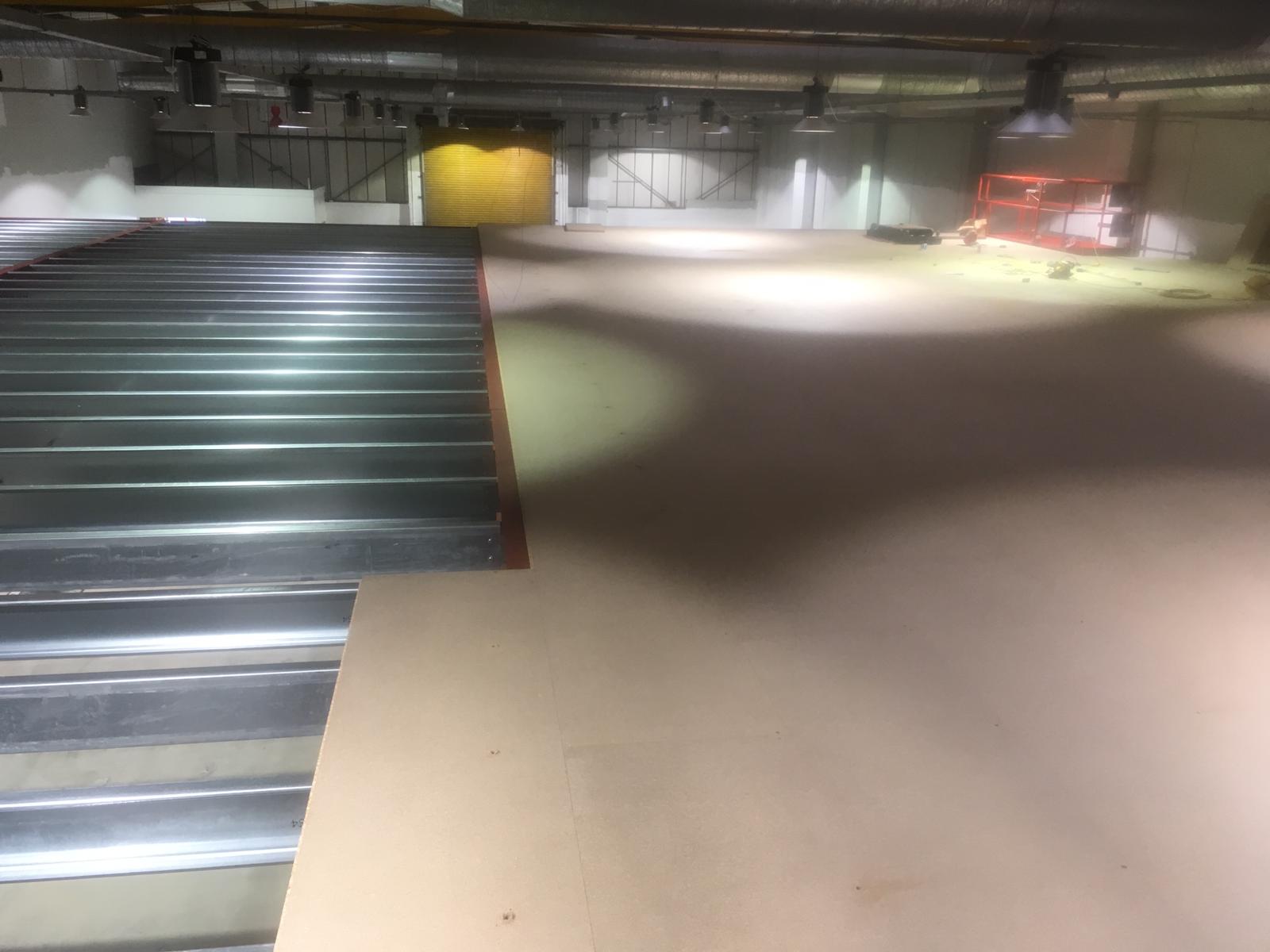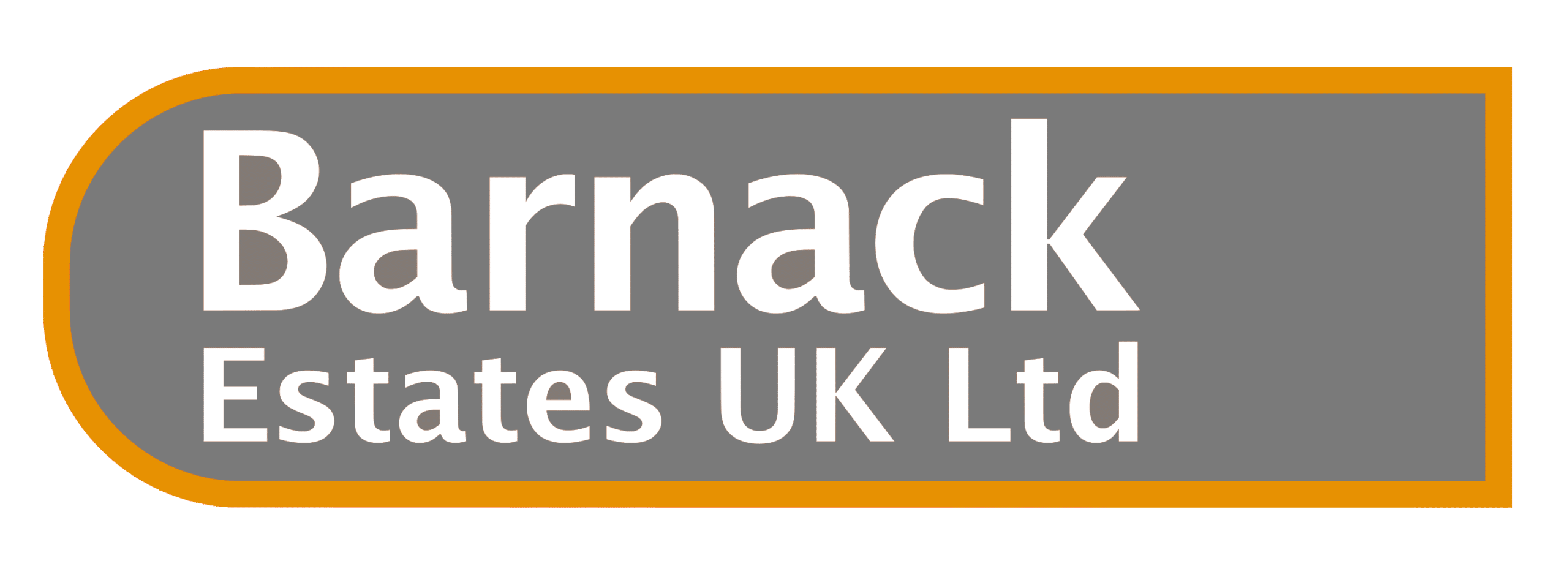Edge Protection
Edge Protection is an anti-fall system for platforms which are above ground level, mezzanine floor edge protection is installed to secure any exposed edges along the perimeters of the elevated floor surface and stairway, forming a barrier between the safety of the platform and the drop over the edge.
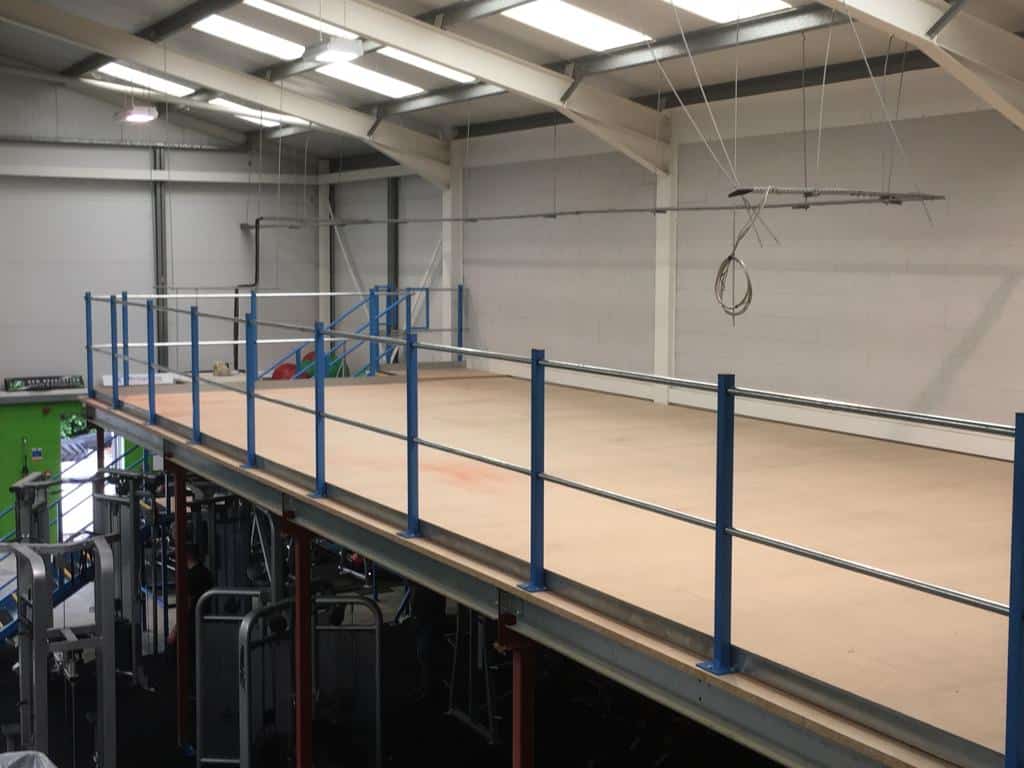
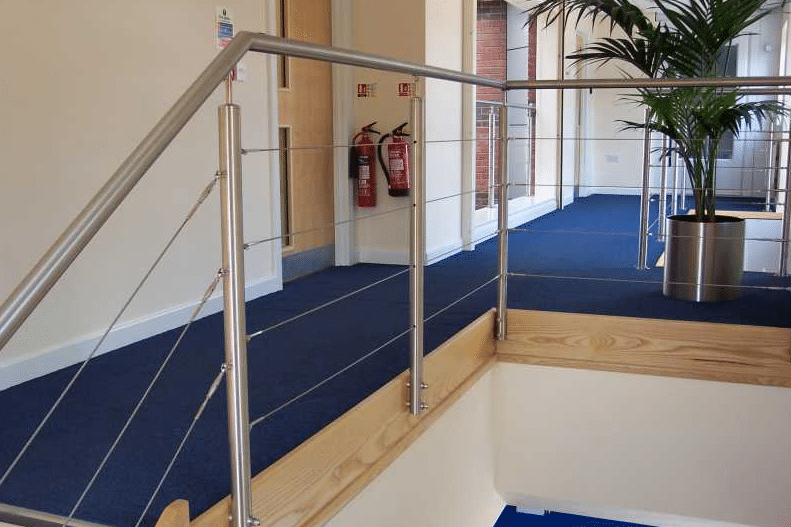
Edge protection is designed to safeguard those on the mezzanine level and equally those on the floor below.
As a solution created to meet individual needs, there are various options when it comes to edge protection systems for your mezzanine floor. Whilst the primary function is to prevent falls, you would need ensure you also meet compliance with UK Building Regulations.
In an industrial environment, there is sometimes a need to handle pallets on the mezzanine floor level. If this is the case, the edges of the mezzanine platform must remain protected as the pallets enter and leave the platform. Bespoke pallet gates designed and manufactured by ATC provide uninterrupted edge protection even whilst pallets are being loaded and off-loaded. The rails incorporated into the up and over pallet gate system run in line with the static rails at all times to ensure the same level of protection at all times for those working close to the gate.
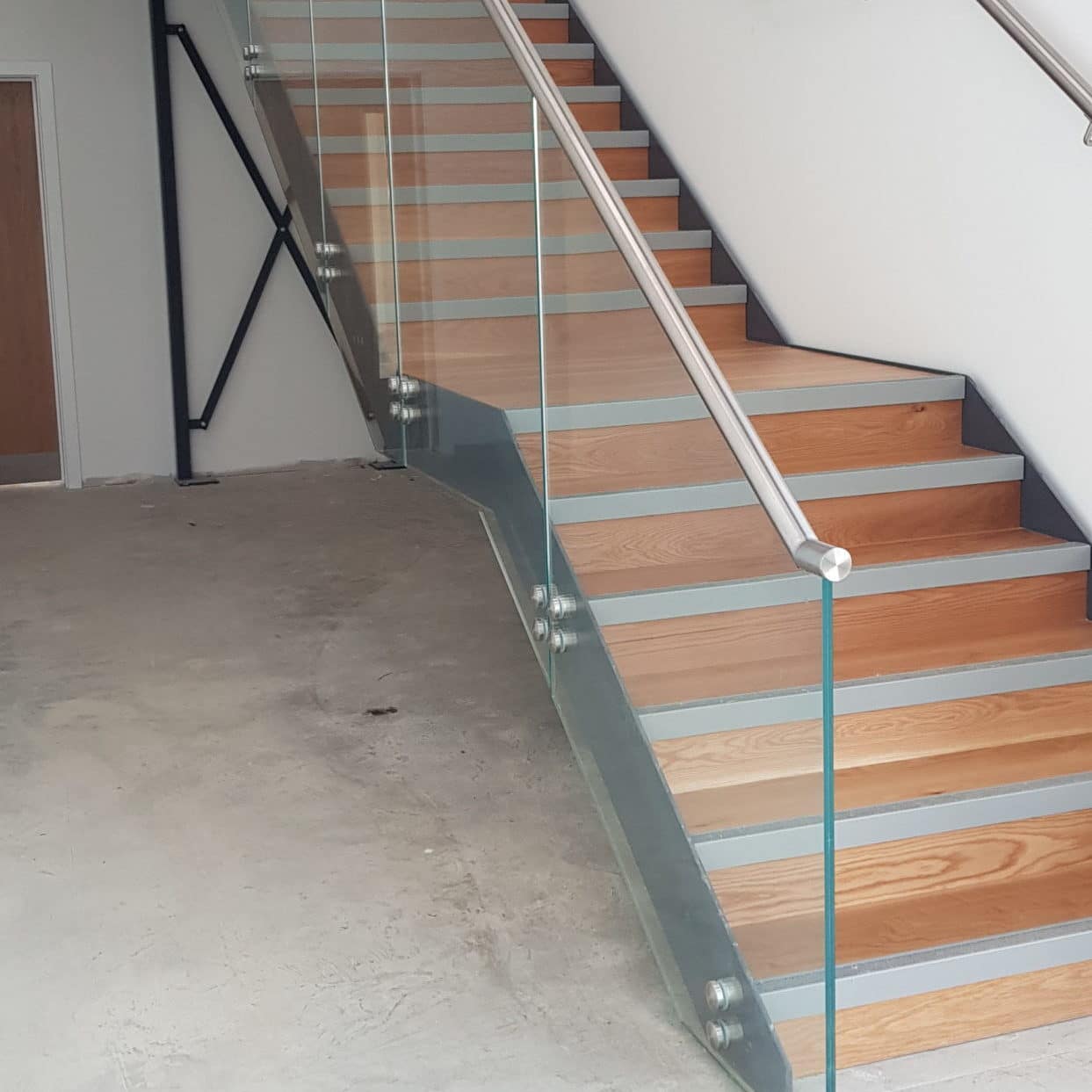
Edge protection for stairs too!
Whilst you have the floor area covered by edge protection, what about your stairs – they may have a wall one side, but what about the other?
ATC design a range of handrail systems, which include the following:-
- Standard Mild Steel RHS with or without CHS spindles
- Oak with glass infill panels or tri rail
- Stainless steel with tri rail or glass infill panels
There are two purposes for edge protection to be in situ –
- Prevent people from falling – Whether its employees, visitors or customers who are accessing your mezzanine floor, it is your responsibility to protect them from the risk of falling. Even from less than 2 metres high, a fall can be dangerous and carries a big risk of serious injury and/or fatality.
- Prevent items from falling –The main risk of falling items from an overhead level is injury to people on the lower ground. Any object from any height has the potential to cause serious harm if it falls on a person or persons.
Edge protection is usually designed to meet three height levels:
- Upper body level – A handrail at this level provides stability to anyone walking or working near the edge and by guarding the upper body level, an accidental fall near the edge means the person cannot fall over the top part of edge protection.
- Knee level – This is midway between the handrail and floor, knee level protection will prevent people or items from falling from below the hand rail level.
- Foot level – The danger of foot level being unsecured is the risk of small items being accidentally kicked over the edge.
The industrial workplace where moving vehicles, machines and large structures are likely to be present carries a heightened risk of accidental bumps and scrapes. For this reason, the three level system is the most appropriate option. The three levels include a handrail positioned at 1100mm high, a kick plate which is fixed to the floor and resembles a short steel wall of around 100mm high, and at the halfway point, a knee rail. These are supported by steel vertical posts which would typically stand at 1500mm apart.
Retail and public spaces – Because the general public includes children, the three level system is unsuitable for environments in which the general public can access. A child is small enough to fall through the gaps between the rails and children may be tempted to climb a horizontal rail, therefore solid infill panels or vertical spindles are used to secure those gaps. Any openings between the infill edges and the rails or between spindles must not allow the passing through of a 100mm diameter sphere.
Whilst an office mezzanine is without heavy activity or the movement of goods, the platform must safely support the occupancy and movement of people. Although edge protection for an office mezzanine environment must be sufficiently robust, the nonindustrial conditions allow for more options to suit individual preferences whilst prioritising safety. Stainless steel handrails with glass infills for example, aesthetically pleasing yet still providing adequate protection.
